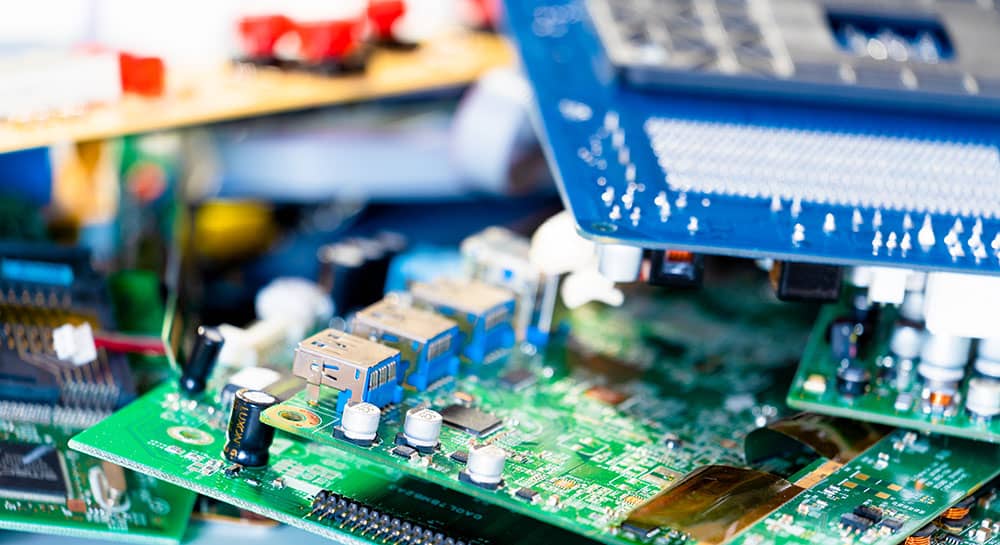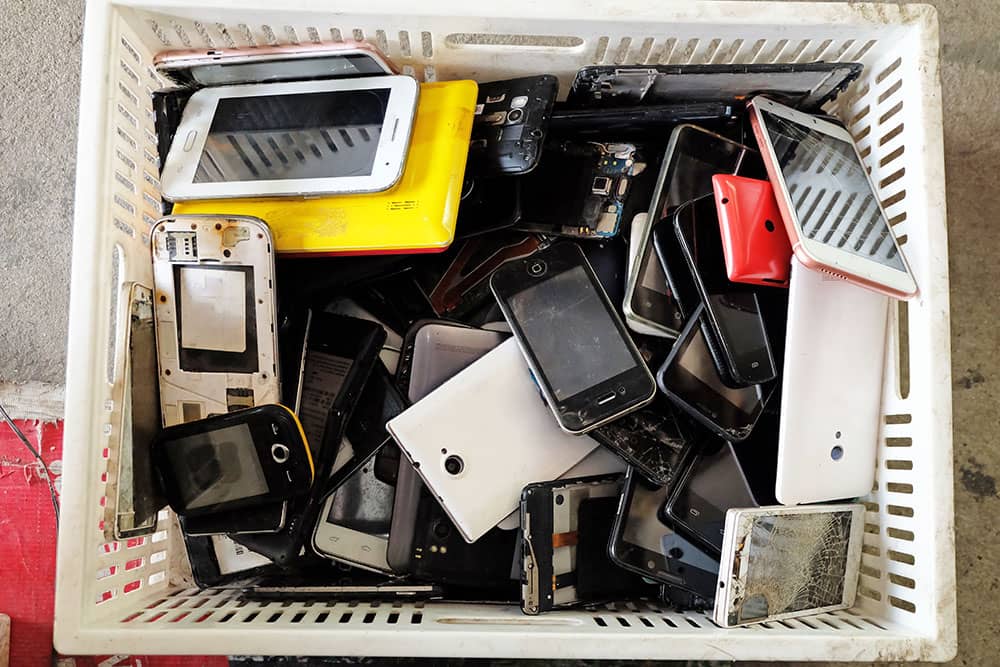
People generate waste each day. And it’s more waste than the world can handle. But while general rubbish is still a problem, there is a growing issue that needs more attention than ever: electronic waste. Electronic devices have become the fastest source of waste in Australia, especially with a massive percentage of technology users. It’s becoming a big problem that proves to be challenging to control.
How should e-waste be managed? We’ll give you the ways in this blog.
But First, What is Electronic Waste?
Electronic waste or e-waste is any waste with a plug, power cord, or battery. Some examples include:
- TVs
- Computers
- Laptops
- Mobile phones
- USBs
- Digital cameras
- Photocopiers
- Printers
- Refrigerators
- Desk lamps
- Washing machines
- Power drills
- Remote control cars
- Fitness machines
In some states like Victoria, it is not allowed to dump e-waste in landfills. Unfortunately, Western Australia is not as strict despite the knowledge that e-waste contains dangerous substances. It’s significant for electronic waste to be separated from other types of waste.
Poor management of e-waste can be unsafe to humans and the environment. Electronics have a high fire risk, not to mention the possibility of harmful substances leaking into the air, water, and soil. It’s important for both homes and businesses to follow the correct ways to dispose of electronic waste.
Is E-Waste a Problem in Australia?
Because Australians are frequent users of technology, e-waste quickly piles up. Up until 2008, it was recorded that there were 17 million TV sets and 37 million computers that were sent to landfills. In 2007-08, about 15.7 million computers “expired” in the country. But only 1.5 million (less than 10%) were reprocessed and recycled. A lot of precious and useful materials were discarded, which meant increased mining activities to gather non-renewable resources once again. Some of these materials include gold, steel, copper, brass, and aluminium, which are found in TVs and computers.
Why Should E-Waste be Handled Properly?
It’s estimated that 99% of households in Australia have one or more TV sets, with 55% of the population having a second set. By 2027-28, about 44 million TVs and computers will reach the end of their useful life, amounting to 181 tonnes of e-waste. Electronic waste has plenty of toxins like hexavalent chromium, mercury, and cadmium. Cathode ray tubes, the vacuum tubes in computer and TV monitors, have high lead content.
CRT TV disposal is a prominent issue all over the world, including Australia, especially with the closure of analogue signals in the country. For this reason, more and more CRT TVs are being disposed of each day. The government has quite a number of initiatives to improve e-waste disposal. Many organisations also lend a hand to the process with their own programs. But homeowners and businesses should take part in handling e-waste for the movement to become successful.
Best Solutions for E-Waste Disposal and Management
To expect that the e-waste problem will significantly drop is too much. New electronics continue to reduce their prices, making them even more attractive to consumers. But it does not mean e-waste cannot be controlled. Here are some of the best ways to reduce and manage e-waste:
- RecycleRecycling is considered the best way to treat electronic waste. Many facilities have improved considerably with the ability to sort different materials, including ferrous and non-ferrous components from electronics. This capability makes it easier to segregate and reprocess the materials. By recycling, the toxic elements will not enter the groundwater and environment because they are kept out of landfills. It also helps slow the mining process involved in gathering the necessary raw materials.Backyard Bins can help you with your electronic waste. We are an experienced firm dealing with e-waste because we know the recycling facilities that handle electronics that have reached their end of useful life. You can hire a skip bin from us or give us a call to let us know you want to get rid of electronic waste. We can drop by your residence to take the items off your hands. It’s quick and easy.By contacting us, we help recycling facilities and businesses meet the demand for recycling metals from electronics. These metals will be processed and reused to create new products. Nothing of value in the devices or appliances you own gets wasted.
- EducationAnother great solution is to make sure that people are educated about e-waste disposal and recycling. Set an example to your friends, family, and neighbours. The community will soon emulate your practice of recycling electronics rather than throwing the devices together with regular rubbish.Be vocal about your commitment to reducing waste with other people. Emphasise how a small step as putting electronics in the appropriate skip bin is a huge help for the environment. You may also want to spread the word about the benefits of recycling e-waste to your social media profiles. Encourage your friends and family to do the same. If you have kids, make sure that you teach them the proper ways to recycle and reduce waste.
- Buy LessBuying new electronics is a way to reward yourself. But you do not need to buy a smartphone each time there is a new model introduced. If your washing machine still works well, why should you buy a bigger and more expensive one? It’s time to be stern when it comes to purchasing electronics. If you don’t need it, don’t buy it. If you truly want to buy new things, try selling or donating your e-waste. You might even score tax deductions for your donation.
- OrganisationHow many times have you bought certain connectors and wires only to find you already have them? If you do not organise your possessions, it’s difficult to know what you have. You can prevent buying duplicate items, especially smaller electronics, by arranging them in a drawer or an organiser.
E-waste is not going away, but by taking it seriously, we can all help prevent bigger issues in the future. Start with the proper electronic waste disposal with the help of Backyard Bins.
Backyard Bins Team
“ [rcblock id="2165"]”
